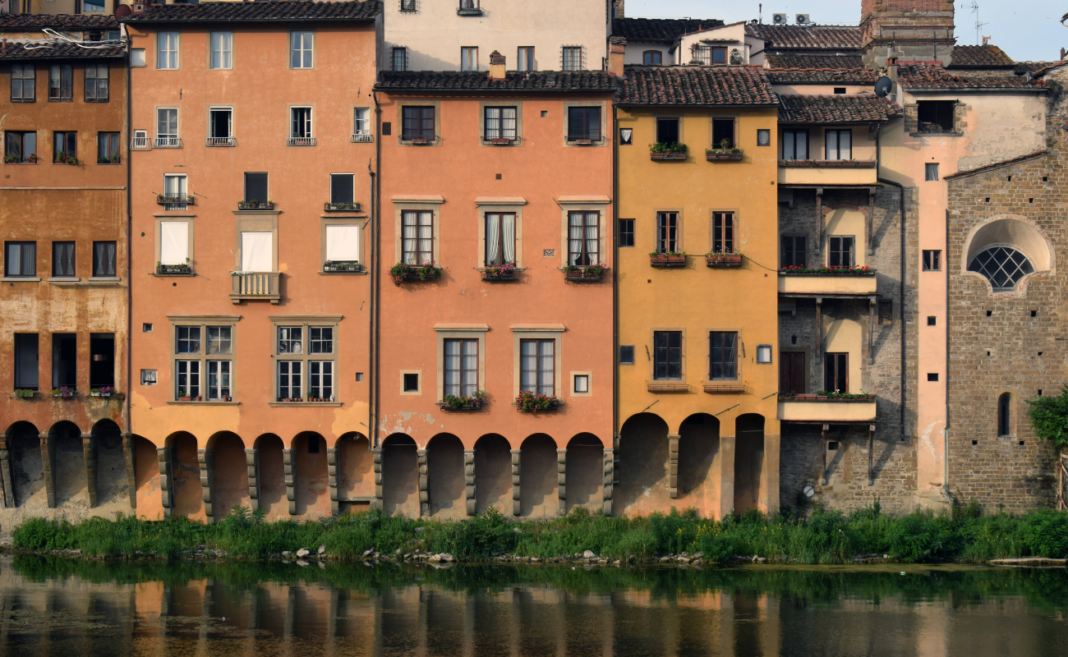Do circular cities exist in Europe? And what are they doing to define themselves as such, transitioning from commitments to concrete action? An answer comes from the Circular Cities Declaration Report 2024 published by ICLEI, an international NGO of local governments for sustainability. Developed in collaboration with the Ellen MacArthur Foundation and the Circle Economy Foundation, the report gathers and analyzes objectives, activities, and measurement methodologies implemented by European cities to provide a clear overview, share best urban practices, and demonstrate the pioneering role that cities can play in creating a functional system for the economy, society, and the environment.
Indeed, the heart of the report is a collection of virtuous examples that also include the italian cities of Genoa, Florence, and La Spezia. The goal is to inspire non-signatory cities to join the declaration and, simultaneously, to promote the exchange and evolution of good practices implemented by those already part of the network. ICLEI and the support partners, including ENEA (the National Agency for New Technologies, Energy and Sustainable Economic Development), aim to shine a spotlight on the great potential of the circular economy and the need to develop it at various levels with the involvement of stakeholders and through systemic solutions.

Circular cities: where do we stand?
Signatory cities from across Europe – Budapest, Oslo, Florence, Copenhagen, and 50 others, with a total of 16 million inhabitants – have presented detailed reports on how they are implementing circularity principles, their efforts to measure progress, and the main obstacles encountered. From reducing the consumption of virgin materials to increasing reuse and ecosystem regeneration, these European cities have taken over 200 different actions in various sectors to fulfill the 10 commitments of Circular Cities. In reference to each of these commitments, a comparison with last year’s report suggests progress of up to 20% (Figure 2). Many of these advancements have been achieved through multi-level governance, which has made collaboration between cities, local stakeholders, and national and European governments a key factor in transitioning to the circular economy.

This is evident in the case of Turku and Espoo in Finland, which have set the ambitious goal of becoming carbon neutral by 2030, planning roadmaps that also lead to the creation of smart districts, where private owners are directed towards to more sustainable supply chains, and citizens can participate in circular economy events and workshops along with free maintenance and repair services for their light mobility vehicles. Similarly, Genoa has opened new key-spaces in the city such as the Circular Hub and the Circular Desk to facilitate the creation of local circular projects, and the SURPLUSE center to connect the demand and supply of reusable products. Florence has focused on increasing the quantity (70% by 2025) and quality of separate collection and on reducing plastic use through awareness campaigns and services such as Florence Plastic Free, which led to the installation of 22 water fountains and the distribution of water bottles in 55 schools. With the same goal of separate collection, La Spezia has created 181 new ecological islands and encouraged home composting, reaching almost 80% of separate waste collected. Also, in terms of sustainable mobility, there has been a commitment to sharing 300 electric scooters and 120 bicycles, as well as extending and electrifying bus lines connecting the city.

Trends and obstacles towards circularity
Ten fundamental tools for policies, ten main sectors to intervene in, five key trends for implementing circularity, and five major difficulties hindering this implementation: these are some of the highlights of the report which trace a path that European cities are taking, gaining momentum with strategies for a fair and effective transition, while also sharing challenges encountered.- In this regard, the report highlights that not all available policy levers are fully utilized, thus further commitment and support are necessary, especially in accessing funding and strengthening links between circular economy and nature. To achieve this, “networking needs to be encouraged, not only among cities but also with production chains, the research world, and civil society, so that the transition process becomes mainstream in our coexistence”, explains Carolina Innella of ENEA (as mentioned, a co-signatory as part of the Ecera network, The European Circular Economy Alliance). “On this aspect, ENEA is very committed, convinced that the most effective lever to help cities transition to the circular economy is based on a vision of creative collaboration among all actors”.
In line with this course of action, the report concludes by identifying six priority actions that will enable cities, with the cooperation of policymakers, businesses, civil society, and citizens, to accelerate their progress towards the circular economy: adopting common metrics and more ambitious climate goals; integration, innovation, and collaboration with various urban departments and stakeholders, and the need to include nature in every decision-making process: a necessity complemented by infrastructure mapping tools and greenhouse gas emission monitoring, along with the European Urban Nature Platform to unify and make systemic approaches to natural resource regeneration.
© Riproduzione riservata




